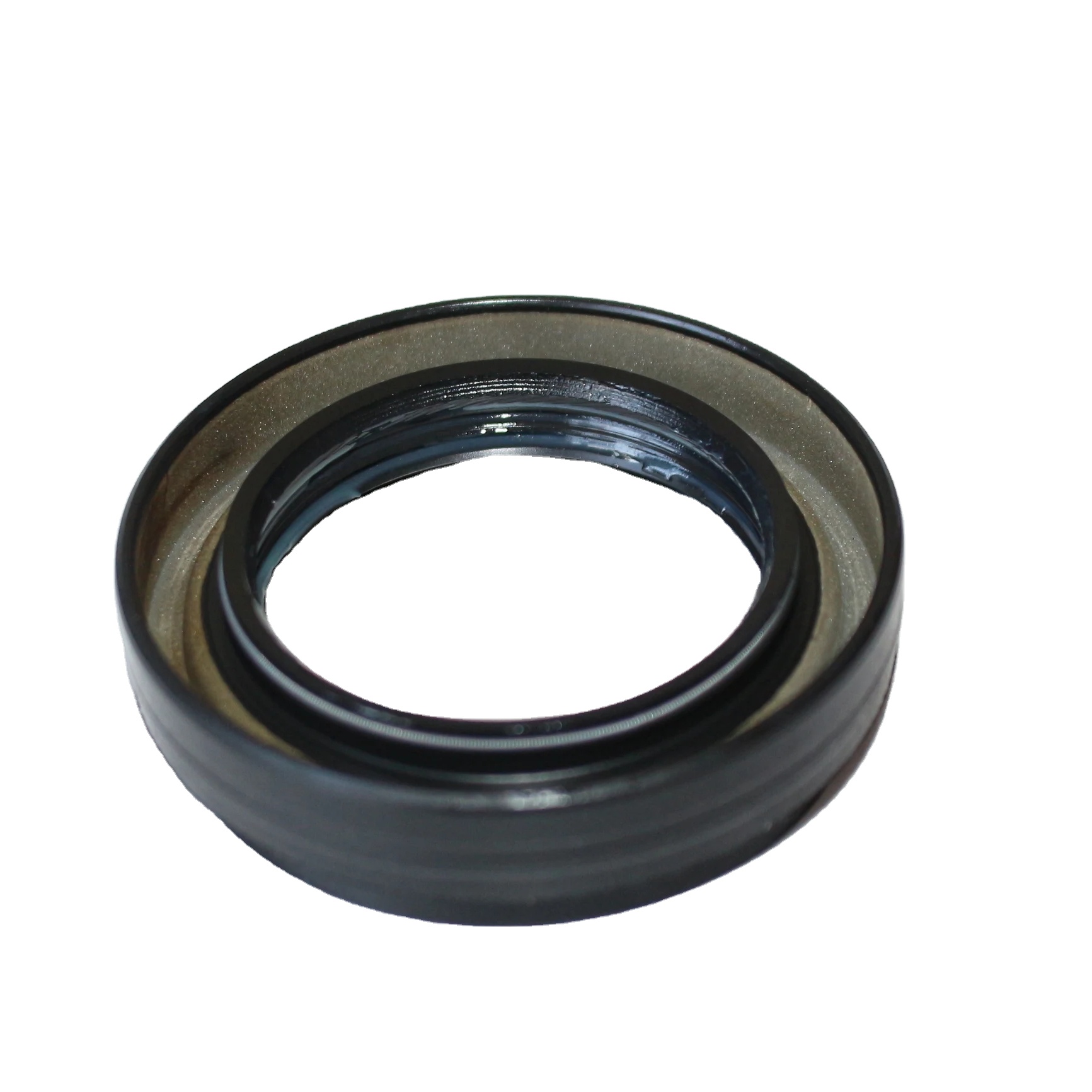semi trailer hub seal
Understanding Semi-Trailer Hub Seals Importance and Maintenance
In the world of transportation and logistics, the efficiency and safety of heavy-duty vehicles like semi-trailers are paramount. One of the critical components that ensure the smooth operation of these vehicles is the hub seal. This small yet essential part plays a significant role in maintaining the integrity of the wheel hub assembly, preventing leaks, and safeguarding the bearings within. In this article, we will explore what semi-trailer hub seals are, their purpose, the types available, and the importance of regular maintenance.
What is a Semi-Trailer Hub Seal?
A semi-trailer hub seal is a protective component located at the wheel hub of a semi-trailer. It functions as a barrier to keep lubricant inside the hub while preventing contaminants like dirt, water, and debris from entering. The seal helps maintain proper lubrication for the bearings, which are crucial for smooth wheel rotation and overall vehicle performance.
Purpose of Hub Seals
The primary purpose of a hub seal is twofold it retains the lubricant in the hub and keeps external contaminants out. Proper lubrication is essential for reducing friction between moving parts, which in turn minimizes wear and tear on the bearings. If contaminants infiltrate the hub, it can lead to accelerated wear, increased operating temperatures, and ultimately, bearing failure. This can result in costly repairs, extended downtime, and potential safety hazards for the driver and other road users.
Types of Hub Seals
There are several types of hub seals available, each designed to meet specific requirements. The most common include
1. Single Lip Seals These are designed with a simple lip that contacts the axle spindle. They are efficient in keeping lubricant contained but may not offer the highest level of protection against contaminants.
semi trailer hub seal

2. Double Lip Seals These feature two sealing lips, providing a more effective barrier against dirt and moisture. They are particularly useful in environments where the risk of contamination is higher.
3. Spring-Loaded Seals These seals incorporate a spring mechanism that applies constant pressure against the axle, ensuring a snug fit and enhanced sealing capability. This design helps maintain performance even under varying conditions.
4. Seal Kits Many manufacturers offer complete seal kits, which include all necessary components for replacing worn or damaged seals. This can be a convenient option for truck maintenance shops.
Importance of Regular Maintenance
Regular maintenance of semi-trailer hub seals is crucial for ensuring the long-term performance of the vehicle. Over time, seals can wear out due to heat, friction, and exposure to harsh environments. A compromised seal can lead to leaks, which may go unnoticed until significant damage occurs. Therefore, routine inspections are essential.
During an inspection, mechanics should look for signs of grease leaking from the hub, which may indicate a failing seal. Additionally, checking the condition of the bearings and the amount of lubricant present can help identify potential issues before they escalate. Replacing worn seals at the first sign of trouble can prevent more extensive—and expensive—repairs down the line.
Conclusion
In conclusion, semi-trailer hub seals are a vital component of the wheel assembly, playing a key role in the maintenance of vehicle performance and safety. Understanding their importance and keeping up with regular inspections and maintenance can save fleet operators and drivers significant time and resources. By investing in quality seals and being proactive about their upkeep, one can enhance the durability and efficiency of their semi-trailers, ensuring they remain roadworthy and safe for years to come. As with many components of heavy-duty transport vehicles, attention to detail and routine care are key to avoiding unforeseen problems and ensuring smooth operations on the road.
-
Simplifying Oil Changes: A Comprehensive Guide to Oil Drain Plugs and Their Variants
News Aug.04,2025
-
Mastering Oil Drain Maintenance: Solutions for Stripped, Worn, and Upgraded Oil Plugs
News Aug.04,2025
-
Fixing Oil Pan Plug Issues: Leaks, Stripped Nuts, and the Right Replacement Solutions
News Aug.04,2025
-
Everything You Need to Know About Oil Drain Plugs: Sizes, Fixes, and Upgrades
News Aug.04,2025
-
Choosing the Right Oil Drain Plug: A Guide to Sizes, Materials, and Drain Innovations
News Aug.04,2025
-
A Complete Guide to Automotive Drain Plugs: Types, Problems, and Innovative Solutions
News Aug.04,2025
-
The Ultimate Guide to Car Repair Kits: Tools and Essentials Every Driver Should Own
News Aug.01,2025
Products categories















